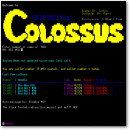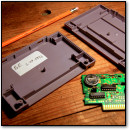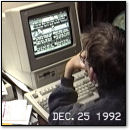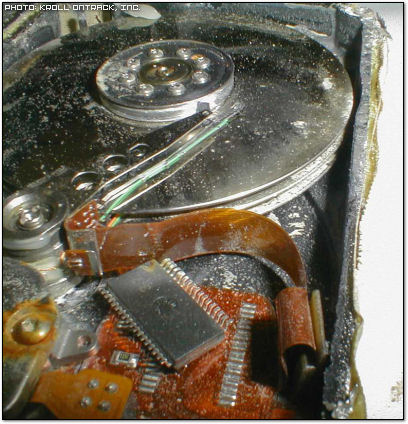
Vintage computing shows up in some of the unlikeliest places. And in this case, it saved the day.
According to a recent Associated Press article, a 340 megabyte 2.5″ Seagate hard drive from the ill-fated space shuttle Columbia survived the craft’s fiery break-up and crash to the earth back in February 2003.
A data recovery service called Kroll Ontrack managed to recover most of the data on the drive, which dealt with an advanced xenon experiment. Oddly enough, Jon Edwards of Kroll credits the formatting and data storage methods of the MS-DOS operating system for allowing him to recover the data:
However, at the core of the drive, the spinning metal platters that actually store data were not warped. They had been gouged and pitted, but the 340-megabyte drive was only half full, and the damage happened where data had not yet been written.
Edwards attributes that to a lucky twist: The computer was running an ancient operating system, DOS, which does not scatter data all over drives as other approaches do.
Three cheers for the FAT file system. I guess that NASA (or the experiment’s designers) kept their drives pretty well defragged.
It’s amazing Kroll recovered any data off of the platters at all, with the drive’s external case scorched, its dust-proof seal compromised, its heads driven into the platter surfaces, and its internal components desoldered by the intense heat.
I’ll wager that the platters were composed of solid aluminum, like hard drives of old. If the disk had been a more recent model — you know, the kind with platters made of glass — the fragile discs might have been shattered from the stress of the explosion and hard landing.
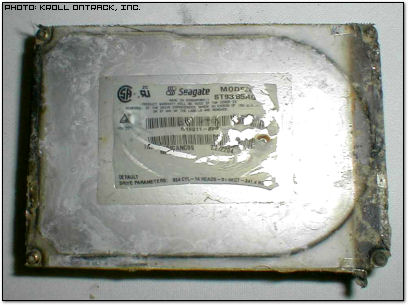
Researchers recently published the recovered data from the shuttle’s xenon experiment in a science journal, as was originally intended. It’s satisfying that some good science came out of Columbia’s last mission, proving that the crew’s tragic journey wasn’t completely in vain. For that, in a strange and lucky way, you can thank Microsoft.
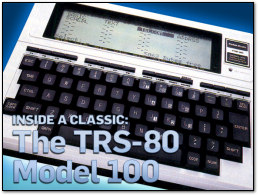
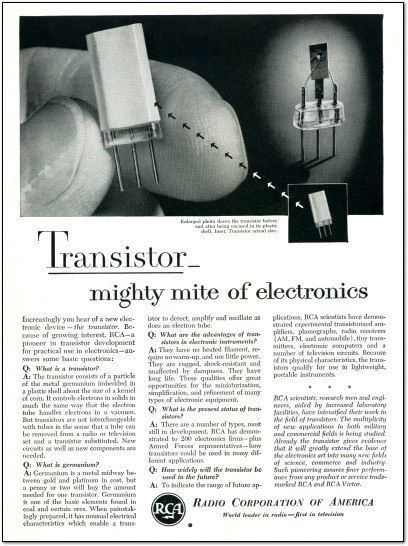
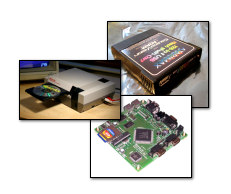
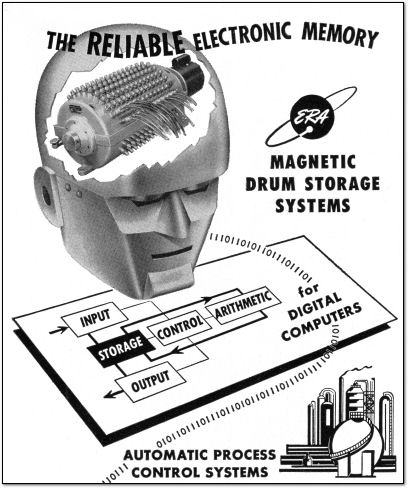


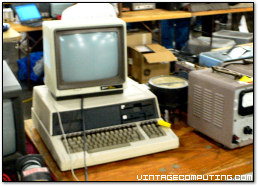 A couple weekends ago, I made the requisite annual trek to
A couple weekends ago, I made the requisite annual trek to 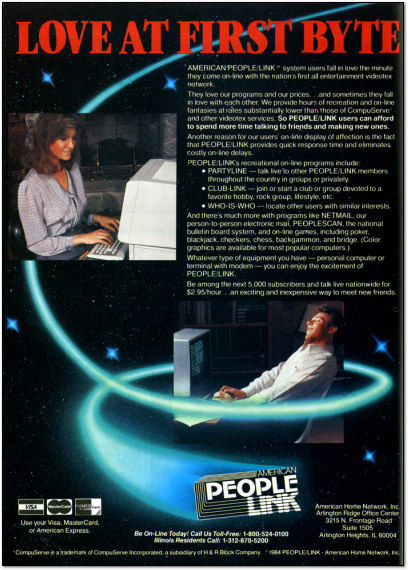

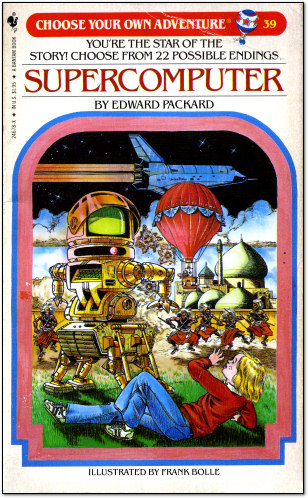
 Yes, the last two posts on VC&G were April Fools’ gags.
Yes, the last two posts on VC&G were April Fools’ gags. 

